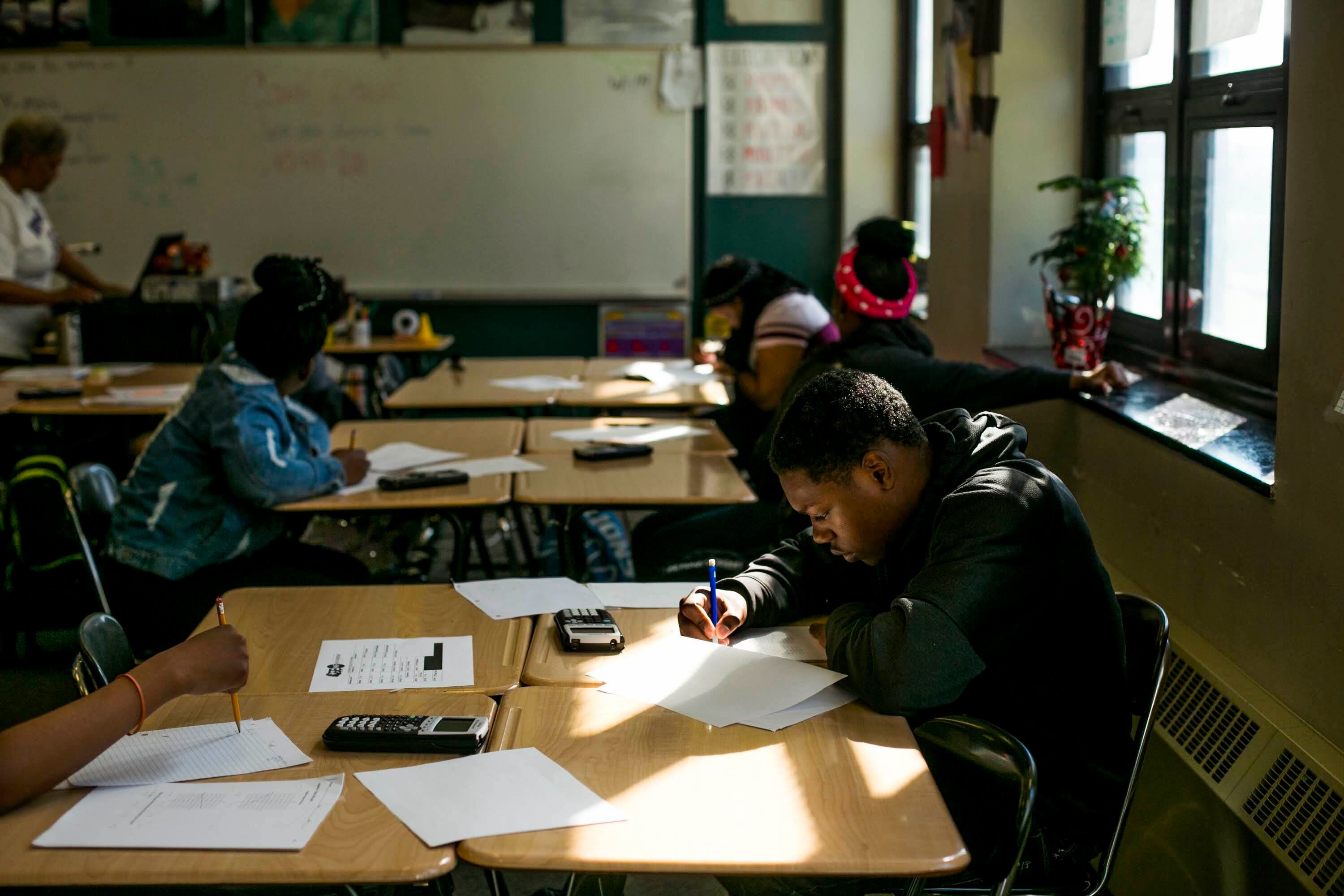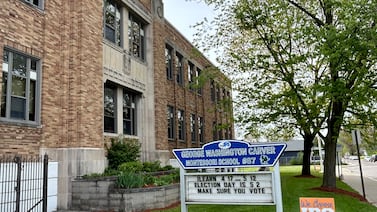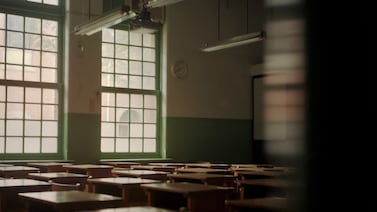Michigan students who learned remotely for all or most of last school year learned less than those who were in classrooms, according to an analysis of student-level test data released today.
In a challenging school year when all groups learned less than normal, remote learners fared worse than peers who attended schools in person, as did those from marginalized groups who were already struggling academically.
The report serves as confirmation of what many educators had feared during the 2020-21 school year, when students in many districts lurched between in-person and online learning because of the pandemic.
“The learning gaps got bigger, and this is a major equity problem,” said Katharine Strunk, director of Michigan State University’s Education Policy Innovation Collaboration, which released the 350-page data-rich analysis on Monday.
Strunk said the report’s data could serve as a guide for school officials and policymakers weighing whether to close schools during COVID outbreaks or future pandemics.
While average test scores increased from fall to spring regardless of how instruction was delivered, the growth was consistently larger in districts that offered in-person instruction all year than in schools that were remote all or part of the year. As a result, gaps between average test scores widened over the course of the year, Strunk said.
And those gaps could be even wider than the data show. Remote students took the tests at home, so it’s impossible to know whether they were helped by caregivers, EPIC researchers said in their report.
Superintendents must consider tradeoffs between learning loss and COVID safety, Strunk said. The availability of vaccines should make it easier for them to choose to keep students in classrooms, she said.
“Teachers and schools aren’t set up to run remotely, and students aren’t set up to learn remotely on average,” she said. “We need to work very hard to keep students in school buildings. The longer you are out of a school building, the worse you’re doing academically.”
The analysis is based on results of the Michigan Student Test of Education Progress (M-STEP) and benchmark exams selected or created by individual districts to measure student achievement.
The report also found that Black, Latino, and economically disadvantaged students began last school year behind their peers academically and ended it even further behind, according to the report. Those students also were more likely to attend districts that provided remote instruction for all or part of last school year.
“This data makes clear what we feared: The children whose learning was most impacted by the pandemic are the students who are often the most underserved, including Black and economically disadvantaged students,” said Jennifer Mrozowski, director of communications for the Education Trust-Midwest, a Royal Oak-based nonprofit education advocacy group.
Half of Black fourth graders, for example, started last school year significantly below grade level on state benchmark math exams. By the end of the year, two-thirds of them were significantly behind.
For Latino students, 35% were significantly behind in the fall and 43% in the spring. Of all fourth graders, 27% started the year significantly behind and 33% ended it significantly behind.
Results are similar across other grade levels and subject areas.
EPIC’s research adds to growing evidence that students missed important learning opportunities during the pandemic and that students who were already struggling were especially harmed.
“Certain groups of kids were impacted more by the pandemic than other kids, and in ways that increase achievement gaps between marginalized groups,” Strunk said.
“When we think about how to recover from the pandemic, it can’t be business as usual. We have to be paying attention to students who felt greater impacts from the pandemic,” Strunk said. “I’m hopeful this report can be used by policymakers to provide more funds and other kinds of resources to the kind of kids we now see are more academically impacted by the pandemic.”






